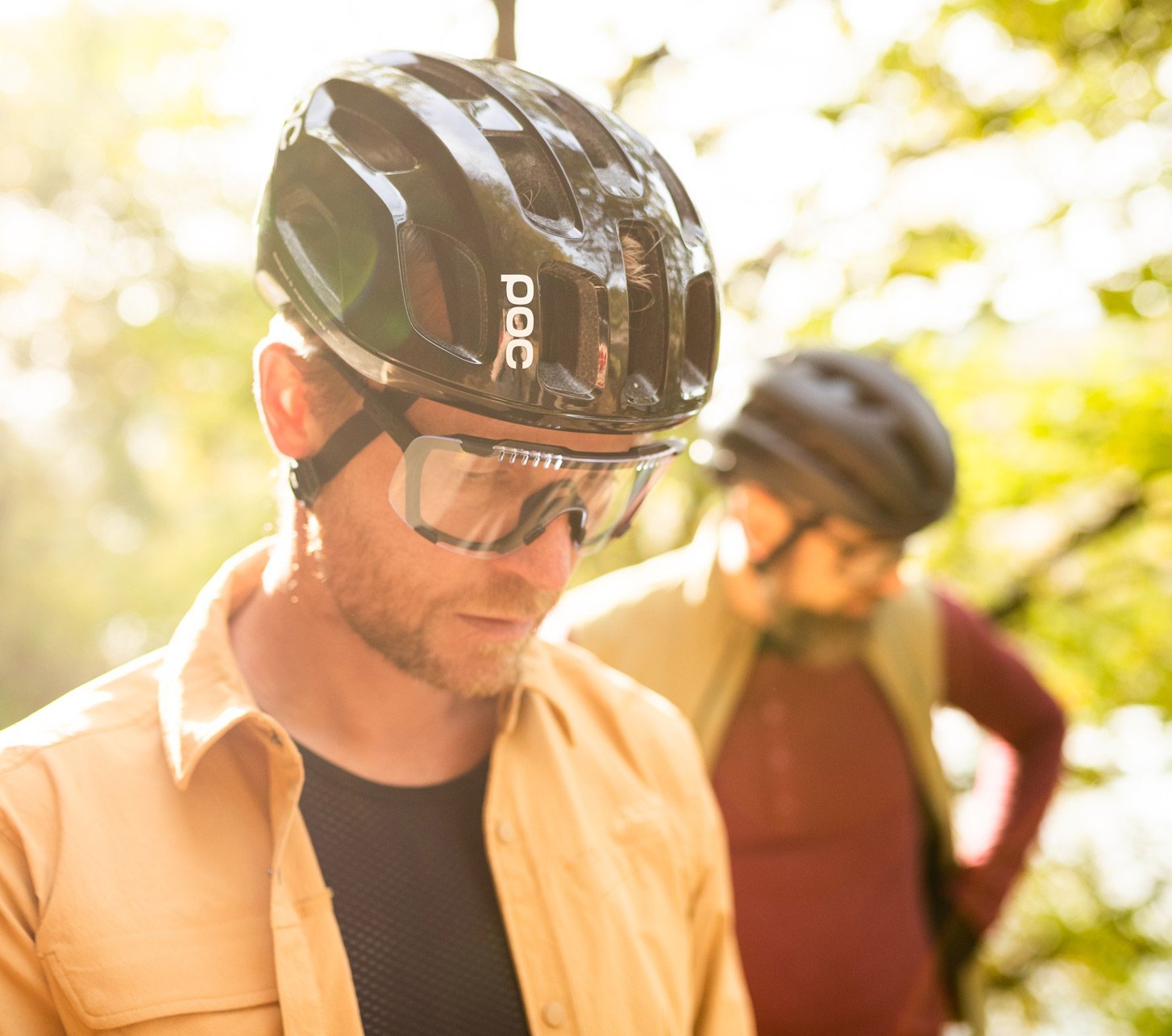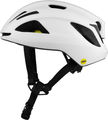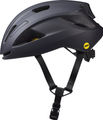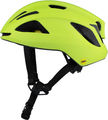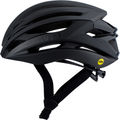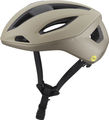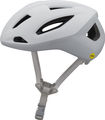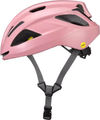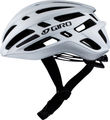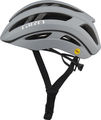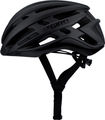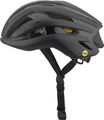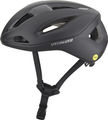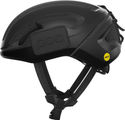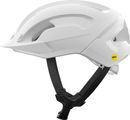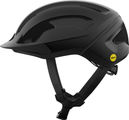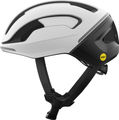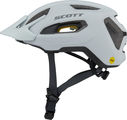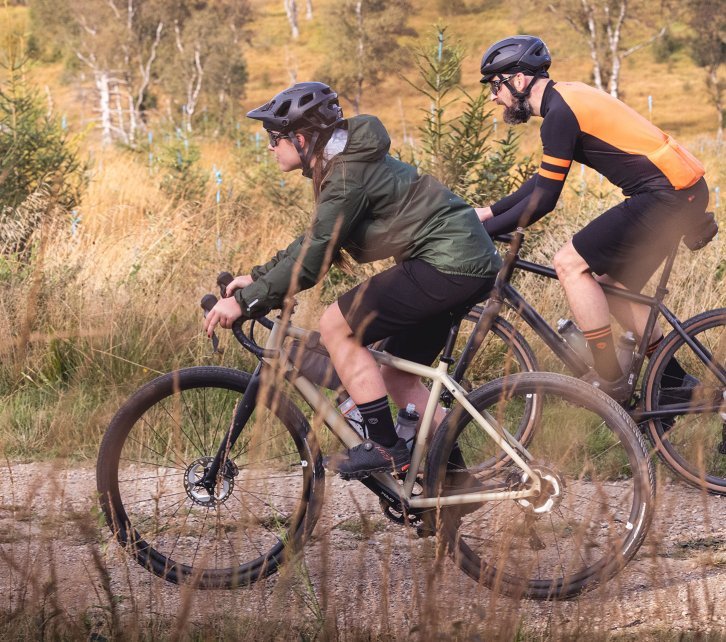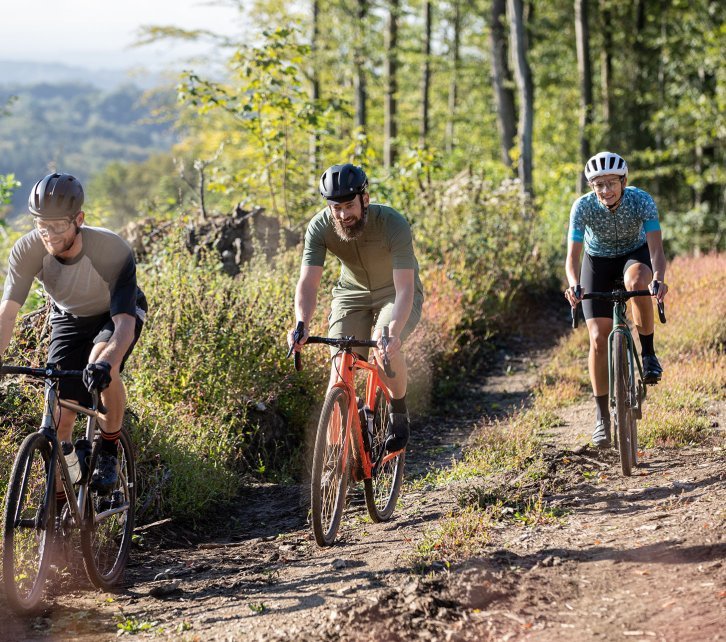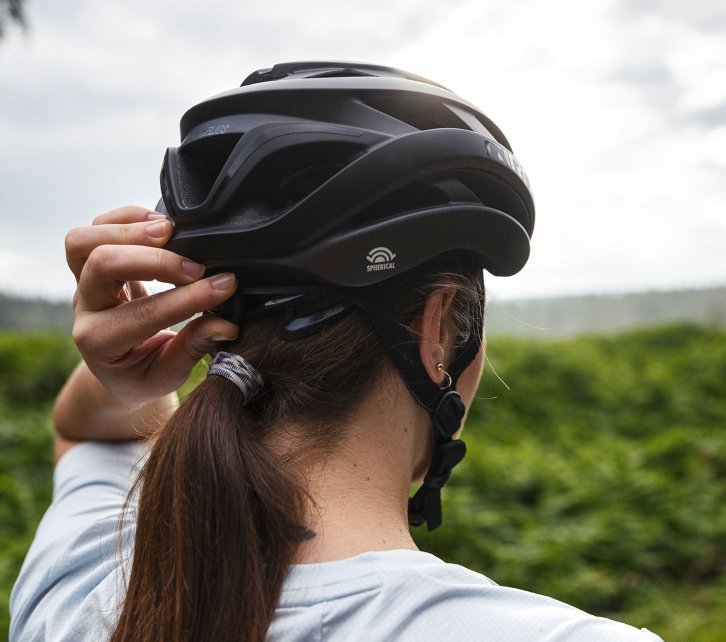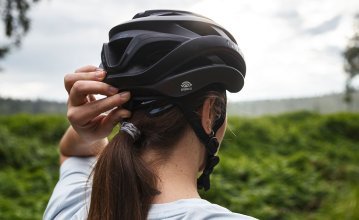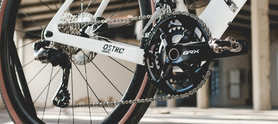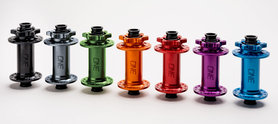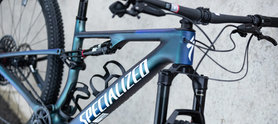Gravel biking is booming, and rightly so! Far from smelly streets and tight manoeuvres in road traffic, the sport lets you fly over loose gravel, cross easy terrain or ride epic tours. However, it’s always important to have the right helmet! A low weight, good ventilation and a fit that suits your riding position as well as your road handlebars are all important qualities in a gravel helmet. View Helmet Guide
Our Helmet Highlights
Which helmet should one wear for gravel biking?
When choosing the right gravel helmet for you, the following aspects ought to be considered:
- Standard Compliance: Your bike helmet should absolutely comply with the DIN EN 1078 standard. There are also helmets that are tested in accordance with the Dutch NTA standard for certain uses in relation to speed pedelecs or according to the US ASTM standard for downhill or BMX cycling.
- Head Circumference: Your helmet must fit! Our filter for head circumference will help you find a helmet in the correct size quickly and easily. All helmets offer a certain range of adjustment to fit your head’s circumference – usually, they’re outfitted with a turn dial at the back of the head. This also allows you to wear a cap underneath your helmet during winter.
- Weight & Ventilation: Gravel biking is usually quite athletic. For this reason, a low weight and good ventilation are important features for a helmet. It’s why gravel helmets are only available as half shells.
- Fit: On a gravel bike, your posture is very similar to that of a road bike cyclist. That's why gravel helmets are usually not as low-slung at the back as many mountain bike helmets.
- Sun Protection: Like road bike helmets, most helmets for gravel bikes do not have a shield over the forehead (often incorrectly referred to as a "visor"). This allows you to see further into the distance, even if you’re accelerating while leaning deep into the drops. On the other hand, you can use a visor if you sit in a relaxed and upright position on your gravel bike. Tip: If you are sensitive to light, be sure to wear cycling goggles!
Gravel helmets: A young segment with established manufacturers and technologies
Although gravel biking is still a relatively young discipline in Europe, the range of helmets and other accessories is growing fast. Established helmet makers such as ABUS, Giro, POC, MET or Uvex offer their own gravel helmets, as do bike manufacturers and full-range suppliers such as Specialized, Scott, Endura and others. The technologies are based on tried-and-tested helmets from the road and (e-)mountain bike sectors, but are adapted to meet the requirements of gravel biking.
A special feature is Swedish MIPS technology (Multi-directional Impact Protection System), or the equivalent from POC called SPIN (Shearing Pads Inside). Both systems function as a floating layer between the shock-absorbing helmet shell and the head, and absorb rotational energy that occurs in the event of a fall. In this way, they protect the brain from harmful G-forces.
Gravel helmets for women and men
Gravel helmets come in men's and women's versions, and usually differ slightly both in size and fit. However, fit and head circumference is more important than gender distinction. Men with a narrow or small head may therefore also be happy with a women's helmet, and vice versa. In addition, the so-called “ponytail” function – a recess at the back of the head that makes room for a ponytail – is equally beneficial to all genders.
Fastening systems for gravel helmets
Basically, there are different fastening systems for chinstraps on bicycle helmets. The most common ones are:
- Buckles: Here, a slightly spring-like plastic piece locks into an open piece on the opposite side. They’re easy to use and easy to replace if something breaks!
- Ratchet Fasteners: These are mainly used by Alpina and Uvex, and are also used on items such as shoes and backpacks. Ratchet fasteners have two functions: they close the chin strap, and control the tightness of the fit. Overall, very practical!
- Magnetic Closures: The name says it all – the chin strap is closed using magnetic force. These closures can be operated easily and with one hand!


